
Aurelia Isabel Henry Reinhardt was an American educator, activist, and prominent member and leader of numerous organizations. She completed her undergraduate studies at the University of California, Berkeley, her doctoral dissertation at Yale, and studied as a fellow at Oxford. After teaching at the University of Idaho, the Lewiston State Normal School, and with the Extension Division of the University of California, Reinhardt was elected president of Mills College in 1916, and held the position until 1943, making her the longest serving president in the history of the school.

Mary G. Charlton Edholm was an American reformer and journalist. She worked as a journalist for twenty years.

Helen Ekin Starrett was an American educator, author, suffragist, and magazine founder. Long engaged in educational work in Chicago, she founded the Kenwood Institute (1884), and Mrs. Starrett's Classical School for Girls (1893), of which she was principal. Starrett also founded Western Magazine. She served as president of the Illinois Woman's Press Association (1893–1894), and was the author of several works.

Luella Dowd Smith was an American educator and author of prose and verse. She was active in social reform movements of the day. Smith taught school for ten years and was the principal of three high schools and one academy. She was also active in the areas of temperance, Sunday school, prohibition, and equal suffrage. Smith wrote for the National Temperance Society. She was the author of Wayside Leaves, 1879; Wind Flowers, 1887; Flowers from Foreign Fields, 1895; The Value of the Church, 1898; Thirteen Temperance Theses and Two Trilogies, 1901; as well as Ways to win, 1904; Daily ideas and ideals, 1930; and Along the way; poems, 1938.

Alice Moore McComas was an American author, editor, lecturer and reformer. She was a pioneer suffragist in California and served as president of the Los Angeles Equal Suffrage Association. During the various suffrage campaigns, McComas contributed articles to over seventy newspapers and magazines, and she was well known throughout the west as an educator and lecturer. She was accredited with being the first woman to conduct a department for women in a daily paper in California, and the first woman to address a state Republican ratification meeting. She was one of the earliest organizers of the Free Kindergarten Association and of clubs for working women, and was prominent in many movements for civic welfare. She was Associate Editor of The Household Journal of California and author of several books, among them The Women of the Canal Zone and Under the Peppers. McComas contributed travel sketches to many magazines. She died in 1919.

Maria Brace Kimball was an American elocutionist who taught, lectured, and wrote on the subject. She was an instructor in elocution and lecturer on dramatic literature in the American Academy of Dramatic Arts; lecturer on French theatre and dramatic literature in schools; teacher of elocution in Brearley School, New York City, 1883–92. She was the author of A Text Book of Elocution (1892) and A Soldier-doctor of our army, James P. Kimball (1917), as well as various contributions to periodicals.
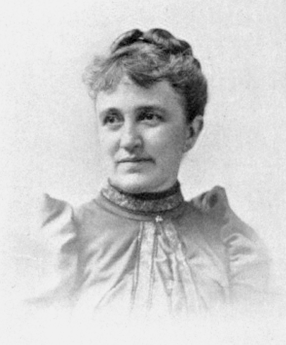
Mary Parker Woodworth was an American writer and speaker on educational and missionary topics. She was the first New Hampshire graduate from Vassar College, and the first woman member of the Concord, New Hampshire Board of Education.
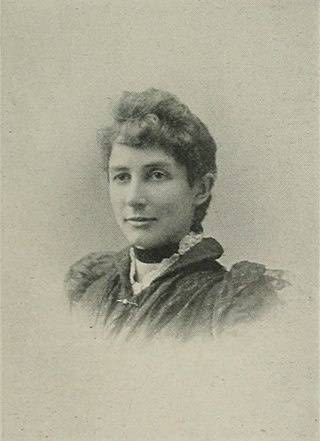
Emma Winner Rogers was an American writer and speaker upon economic and social questions, and on the Arts and Crafts movement. She favored suffrage, and served as an officer of the National American Woman Suffrage Association. Among her published works can be counted Deaconesses in the early church. Deaconesses in the modern church. (1891), The social failure of the city (1898), The Journal of a Country Woman (1912), and Why not complete the enfranchisement of women (1912).
Helen Chadwick Thayer was an American suffragist and social reformer. A pioneer in the settlement movement era, she was a co-founder and president of the College Settlements Association (CSA). She was an alumnæ trustee of Smith College.

Alice P. Gannett was an American settlement house worker and social reformer. The Goodrich-Gannett Neighborhood Center in Cleveland, Ohio, is named in her honor.
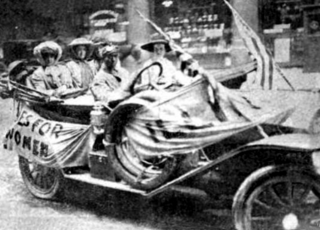
S. Grace Nicholes was an American social reformer. Like her sister, Anna E. Nicholes, she was a suffragist, a clubwoman, and a co-founder of Neighborhood House Chicago.

Anna E. Nicholes was an American social reformer, civil servant, and clubwoman associated with women's suffrage and the settlement movement in Chicago. She devoted her life to charitable and philanthropic work.
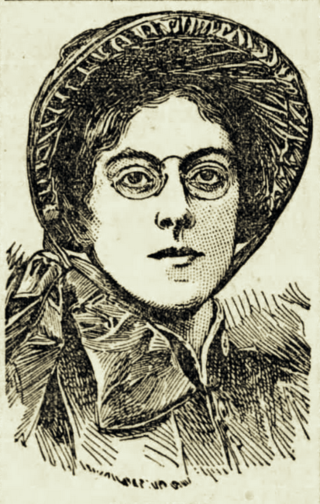
Susie Forrest Swift was an American Salvationist, and later, after converting to Catholicism, a Dominican nun. In both roles, she worked as a magazine editor.

Agnes Moore Fryberger was an American music educator, lecturer, and author, as well as a clubwoman. She was a pioneer in the northwestern U.S. in lecture recitals on opera. Fryberger served as the Educational Director of the Minneapolis Symphony Orchestra (1924-25), and of the St. Louis Symphony Orchestra (1926-30). She was the first director of music appreciation at the University of Louisville. Her book, Listening Lessons in Music (1916), used in France, England, and the Philippines, was the first text that incorporated phonograph records into a school lesson's grading process.
Josephine Thorndike Berry was an American educator and home economist. She held several roles as an educator including that of Superintendent of schools at Waterville, Kansas and Professor of Domestic Science, Northern Illinois State Normal School at DeKalb, Illinois. She was the head of the Department of Home Economics at Northern Illinois State Normal School, at the State College of Washington, and at the University of Minnesota.
Amelie Veiller Van Norman was a French-born American educator. She was the wife and successor of Rev. Daniel C. Van Norman in the proprietorship of the Van Norman Institute in New York City. She was a leader in movements for civic reform. She was the first president of the Jeanne d'Arc Suffrage League, and the vice-president of Le Lyceum Société des Femmes de France à New York. At the Paris Exposition of 1889, she received a gold medal for her work as an educator.
Minnie Rutherford Fuller was an American farmer, broker, temperance leader, suffragist, and lobbyist. She served as president of the Arkansas Woman's Christian Temperance Union (W.C.T.U.).

Rev. Emma Pow Bauder was an American evangelist, missionary, reformer, and author. Affiliated with the Church of the United Brethren in Christ in Michigan since 1879, she soon thereafter relocated to the San Francisco Bay Area, where she was also active with the Woman's Christian Temperance Union (W.C.T.U.), the largest women's organization in the U.S. during the Gilded Age.
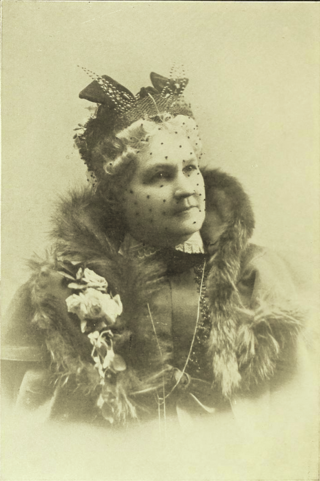
Beaumelle Sturtevant-Peet was an American social reformer active in the temperance and women's suffrage movements, as well as in philanthropic work. She was born with a social reformer heritage; her grandfather would not eat of cane sugar or wear cotton goods, because they were made by slave labor. For 17 years, she served as president of the Woman's Christian Temperance Union (W.C.T.U.) of California. Her fellow members spoke of Sturtevant-Peet as having one of the finest trained and legal minds in the organization.

Henrietta G. Moore (1844–1940) was an American Universalist minister and educator, active in the temperance, and suffrage causes. For a number of years, she was engaged in educational work, and then took up the temperance crusade movement. She was one of the most successful of the many lecturers brought out by the temperance reform movement, organizing throughout the U.S. and Canada. In 1891, she was regularly ordained a minister of the Universalist church by the Ohio universalist convention in Columbus, becoming one of the most widely known of the women preachers in the U.S. She was prominently identified with the Prohibition Party.
















